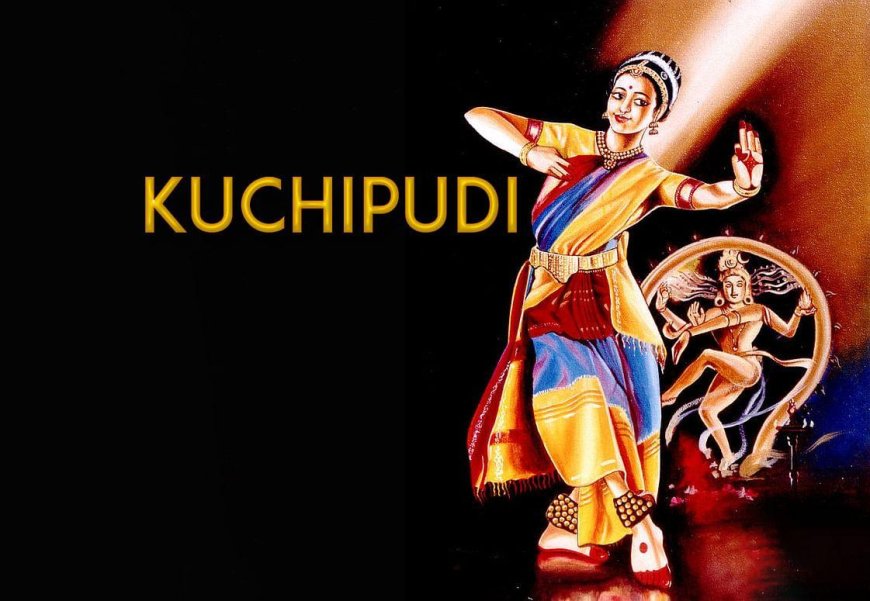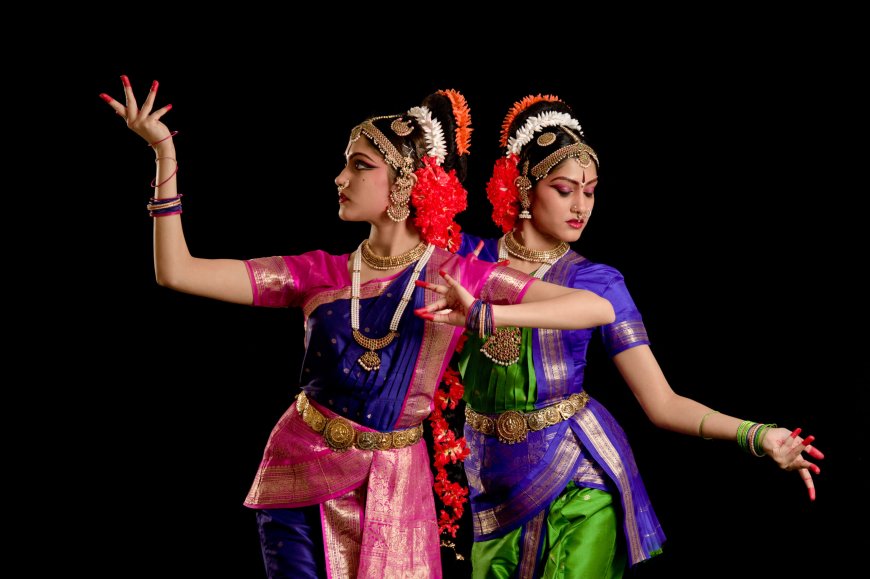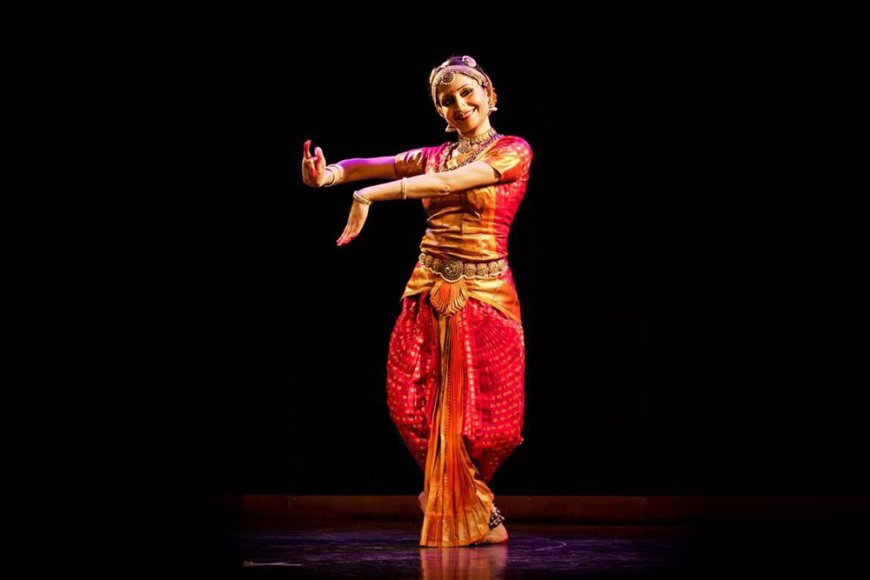kuchipudi classical dance
Kuchipudi is a classical Indian dance form that originated in the village of Kuchipudi in Andhra Pradesh. It is one of the major classical dance forms of India and is known for its graceful movements, expressive gestures, and dramatic storytelling. Here's an in-depth look at Kuchipudi, its key elements, learning process, and opportunities for students:
Key Elements of Kuchipudi
-
Dance and Drama: Kuchipudi combines elements of dance and drama, making it a dance-drama tradition. Performances often include both pure dance sequences (Nritta) and expressive, dramatic segments (Nritya and Natya).
-
Movements and Techniques:
- Tandava and Lasya: Kuchipudi incorporates both vigorous, masculine movements (Tandava) and gentle, feminine movements (Lasya).
- Adavus: These are basic dance units that combine footwork, hand gestures, and body movements. They are the building blocks of Kuchipudi.
-
Expressions and Gestures:
- Mudras: Hand gestures used to convey specific meanings, emotions, and narratives.
- Abhinaya: The art of expression through facial expressions, body language, and gestures to convey emotions and tell stories.
-
Music and Rhythm:
- Kuchipudi is usually performed to Carnatic music, a classical music tradition of Southern India.
- Talas: Rhythmic cycles that provide the framework for the dance.
- Instruments: Common instruments used include the mridangam (percussion), violin, flute, and veena.
-
Costume and Makeup:
- Costume: The traditional costume for women includes a sari draped in a special style that allows freedom of movement. Men wear dhotis and angavastras. Both costumes are often brightly colored and adorned with intricate designs.
- Makeup: Makeup is used to highlight facial features and expressions, with emphasis on the eyes to make them more expressive.
Themes and Repertoire
Kuchipudi performances are often based on themes from Hindu mythology, such as stories from the Ramayana, Mahabharata, and the Puranas. The repertoire includes solo dances, group performances, and dance dramas.
- Sabdam: A piece that combines dance and storytelling, often in praise of a deity or a king.
- Tarangam: A distinctive feature of Kuchipudi where the dancer performs intricate footwork while balancing on the edge of a brass plate.
- Padams and Javalis: Expressive pieces that convey emotions through dance and song.
- Dance Dramas: Elaborate productions that involve multiple characters, elaborate costumes, and a narrative structure.
Learning Process
- Structured Training: Learning Kuchipudi involves years of rigorous training under a qualified guru (teacher). Students start with basic steps and gradually move to more complex sequences and expressive pieces.
- Institutions and Academies: There are several renowned institutions that offer structured training in Kuchipudi, such as the Kuchipudi Art Academy in Chennai and the Siddhendra Kala Kshetram in Kuchipudi village.
Facts About Kuchipudi
- Origin: Kuchipudi originated in the 17th century and is named after the village of Kuchipudi in Andhra Pradesh.
- Siddhendra Yogi: A key figure in the history of Kuchipudi, he was a 17th-century saint and artist who is credited with systematizing and popularizing the dance form.
- Yakshagana Tradition: Kuchipudi has roots in the Yakshagana tradition, a theater form that combines dance, music, and acting.
Scope for Students
- Performance Opportunities: Trained Kuchipudi dancers can perform on national and international stages, participate in cultural festivals, and collaborate in interdisciplinary art projects.
- Teaching and Choreography: Experienced dancers can become teachers, choreographers, and directors, contributing to the spread and innovation of the art form.
- Research and Academia: There are opportunities for academic research in Kuchipudi, exploring its history, techniques, and cultural significance. Universities offer programs in performing arts that include Kuchipudi.
- Cultural Ambassadorship: Dancers often serve as cultural ambassadors, promoting Indian heritage worldwide.
Notable Institutions
- Kuchipudi Art Academy, Chennai: Founded by the legendary Kuchipudi dancer Vempati Chinna Satyam, it offers comprehensive training and promotes the art form globally.
- Siddhendra Kala Kshetram, Kuchipudi: Located in the birthplace of Kuchipudi, it focuses on preserving and teaching traditional Kuchipudi dance.
- Natyarambha, Hyderabad: A digital platform offering online training and resources for Kuchipudi learners.
Conclusion
Kuchipudi is a rich and vibrant dance form that offers a unique blend of dance, drama, and music. It provides students with a profound connection to Indian cultural heritage and a platform for artistic expression and professional opportunities. With dedication and passion, students can contribute to the continuation and evolution of this beautiful art form, both in India and internationally.
What's Your Reaction?





























































